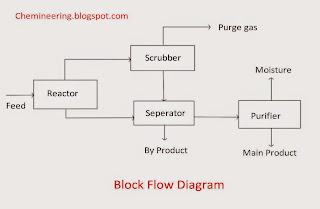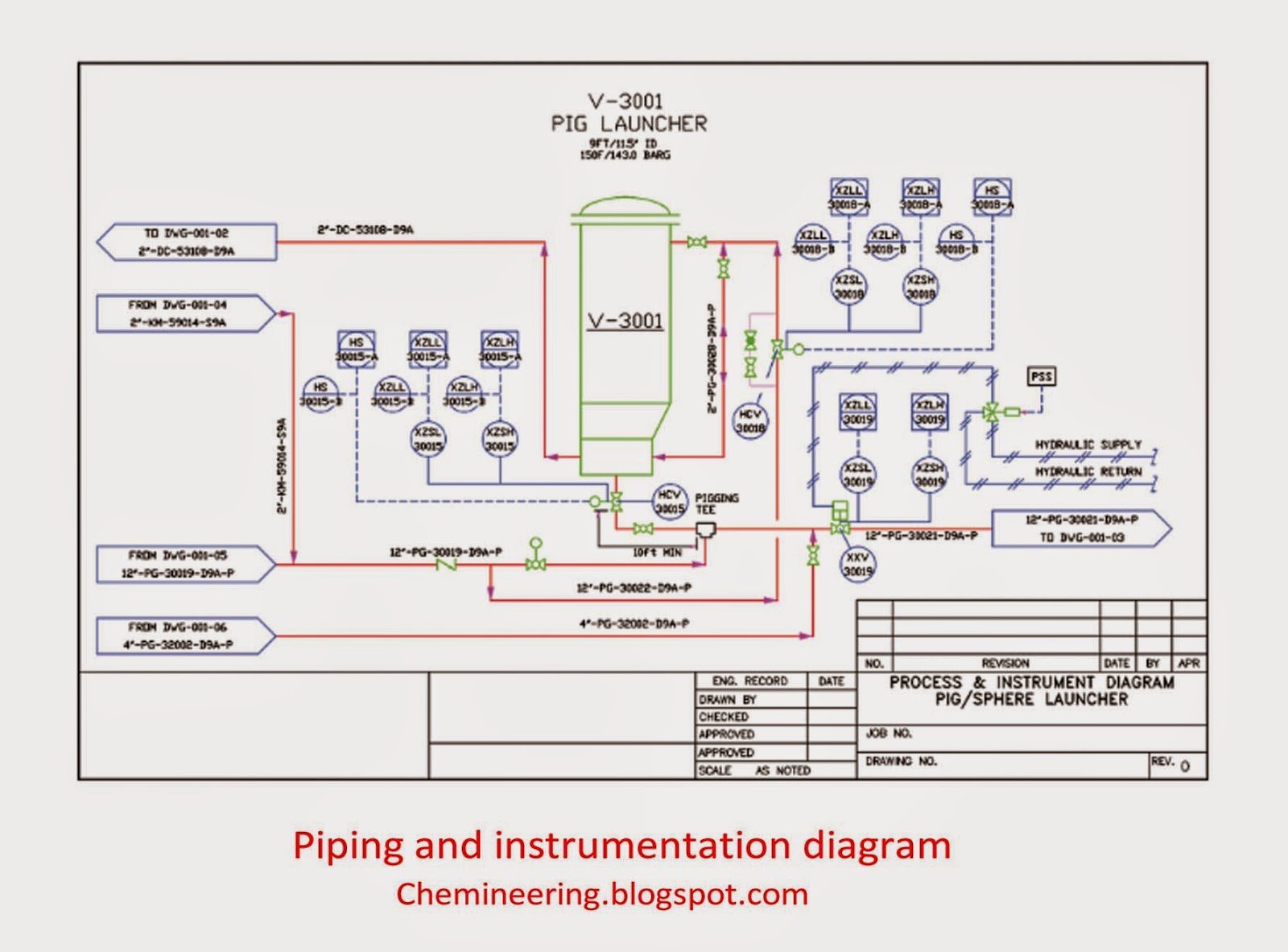Gear up for the next biggest challenge in your career, GATE-2015 online application starts from September 1st 2015. GATE (Graduate Aptitude Test in Engineering) is a common way to enter into masters, doctorial programs and public sector undertaking (PSU) companies. This time IIT Kanpur is organizing GATE-2015. http://gate.iitk.ac.in/GATE2015
GATE-2015 Chemical Engineering (CH)
It is better to start the preparation 3 to 4 months before the commencement of exam. Practice is the mantra. The more you practice the more you will be benefited. It will be useful to solve the numerical questions. The easiest way to gain more marks is to concentrate on Aptitude, English, and Mathematics. From technical side Process calculations, Chemical technology subjects are easy to gain more marks. Fluid mechanics, Process economics, thermodynamics are easier to solve next. Chemical kinetics, Heat and mass transfer subjects come in next place. The order should be decided by you ultimately based on your preparation. Follow www.Chemineering.blogspot.com to get updates on GATE-2015 and other Chemical engineering related stuff.
#Chemieering recommends the following books for GATE-2015 preparation in Chemical engineering stream.
GATE-2015 Highlights
- GATE-2015 application fees is Rs 1500/- for male candidates in General/OBC category and Rs 750/- for female candidates. For SC, ST, PwD candidates the fees is Rs 750/-.
- Payments have to be made through debit/ATM cards, credit cards or internet banking and e-challan only
- All Supporting documents should be sent online only. No hard copy will be accepted
- Examinations for all the 22 papers will be conducted by an ONLINE Computer Based Test (CBT). The online examination paper will contain some questions for which numerical answers must be keyed in by the candidate using the virtual keypad. Rest of the questions shall be of Multiple Choice Question (MCQ) type.
- GATE 2015 examinations will be held during forenoon and afternoon sessions on alternate weekends (Saturday and Sunday) between 31st January 2015 and 14th February 2015. Examination for some of the papers in GATE 2015 will be held in multiple sessions. Exact details regarding complete examination schedule will be notified at a later date.
- The payment of application fees would be online through different modes like net banking, debit/credit card, e-challan, etc.
- GATE 2015 score is valid for THREE YEARS from the date of announcement of the results.
- During the online GATE 2015 examination, all candidates will be provided with an online scientific calculator which has to be used to answer the questions.



